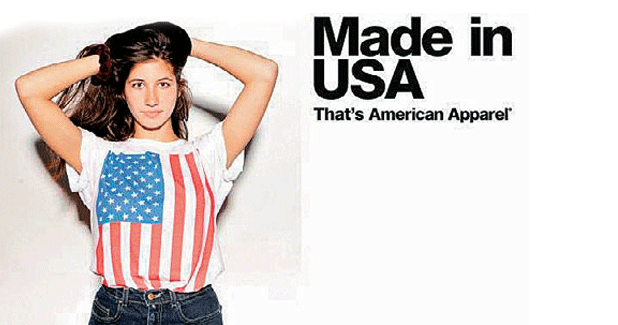
US spending on clothing up 5.5%
The Bureau of Economic Analysis estimates that the US economy grew at a 2.3 per cent annual rate in the second quarter.
The Bureau of Economic Analysis estimates that the US economy grew at a 2.3 per cent annual rate in the second quarter. The figure for the first quarter, previously indicating a 0.2 per cent contraction, was updated to a 0.6 per cent increase. This revision was driven by upward changes to investment, which are known to be one of the most challenging components of GDP to measure. The acceleration in economic activity in the second quarter was a result of higher exports, stronger consumer spending, and lower imports. Investment was estimated to have decreased in the second quarter.
Consumer spending increased 2.9 per cent in the second quarter. In the first quarter, consumer spending increased 1.8 per cent. Spending on non-durable goods, which includes clothing, increased 3.6 per cent. The growth in spending on clothing increased 5.5 per cent in the second quarter, representing the strongest quarterly increase among all the major categories of non-durable goods.
The Conference Board´s Index of Consumer Confidence decreased rather sharply in July, falling from 99.8 to 90.9. This was the largest monthly decrease since 2011.
Considering that the labor market has been strengthening, that US stocks have been stable, and that gasoline prices have be decreasing, reasons for the decline in optimism are not obvious. Possible causes that have been cited are renewed concerns over Greece and the sustainability of the euro zone as well as the recent volatility in the Chinese stock market.After a strong increase in May, overall consumer spending was flat month-over-month in June (-0.02 per cent in real terms). Spending on garments also surged higher in May, increasing 2.0 per cent. In June, spending on garments retreated 1.1 per cent month-over-month. Year-over-year, the growth in apparel spending was 4.9 per cent in June. Overall spending was up 2.9 per cent year-over-year.
The US CPI for apparel decreased for the third consecutive month in June. In June, the decrease was 0.1 per cent month-over-month. The decreases in April and May were 0.4 per cent month-over-month. At the current level, average apparel prices are 2.6 per cent lower than one year ago, 2.8 per cent lower than the highest point reached after the 2010/11 spike in fiber prices (December 2013), and about 5.3 per cent higher than they were before the spike.



